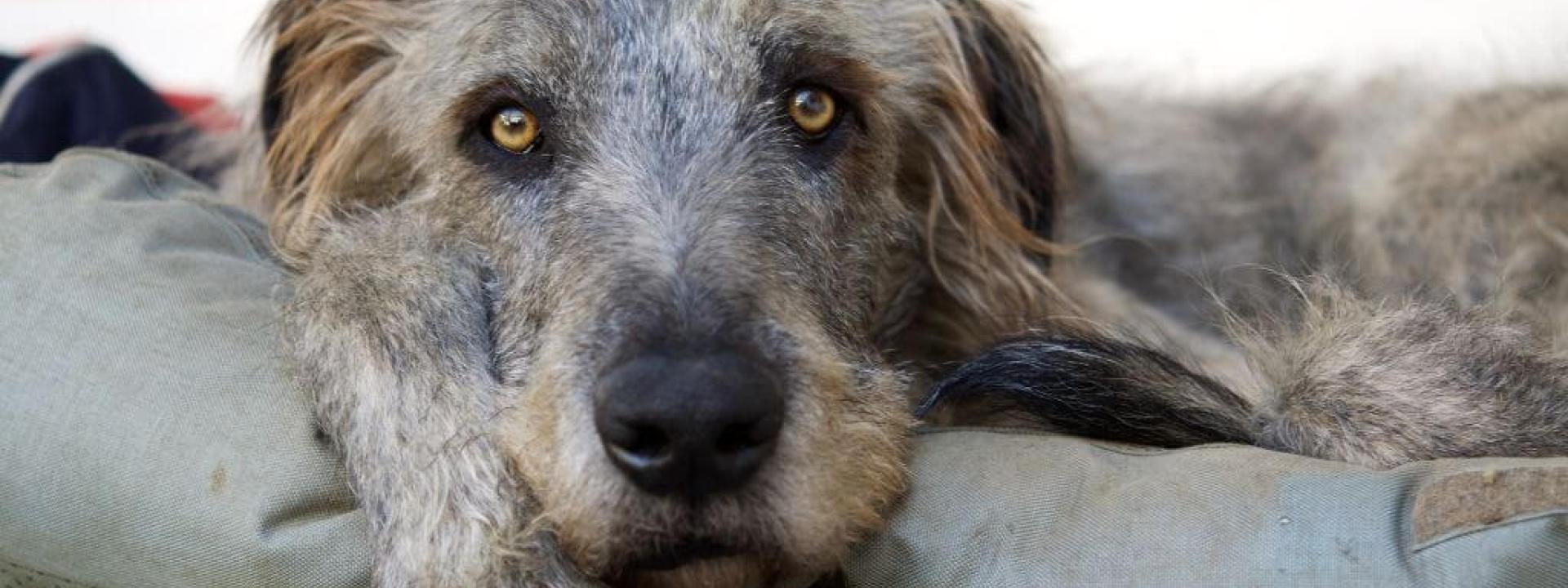Bloat is a condition most commonly seen in dogs. It is a life-threatening emergency that can lead to the stomach twisting (also known as gastric dilation and volvulus or GVD for short). As pet owners, understanding this condition's signs, causes, and preventive measures is vital for keeping our beloved canines safe and healthy. In this post, we'll delve into the intricacies of bloat and GDV, exploring everything from early symptoms to emergency response and long-term prevention strategies. Whether you're a new dog owner or a seasoned pet parent, this information is crucial for ensuring the wellbeing of your four-legged companion. So, let's dive in and arm ourselves with knowledge to protect our loyal and loving dogs from this serious health threat.
How Does Dog Bloat Or GVD Happen?
Bloat usually occurs after eating or drinking. There is no evidence that certain foods or ingredients cause bloat. Bloat occurs when the stomach becomes dilated with food or air and stretches to be much larger than normal. When this happens, the stomach tends to turn, which leads to it twisting. When the stomach twists, it cuts off the blood supply to the stomach and prohibits food and gas from leaving the stomach. Since the stomach and spleen are next to each other, when the stomach twists, the spleen often twists with it, causing its blood supply to be cut off as well. This condition is extremely painful. If immediate intervention isn't performed to correct the problem, the dog will die.
.jpg)
What Symptoms Should I Watch For With Dog Bloat?
Clinical signs of bloat include your dog’s abdomen looking distended and hard, pacing or restlessness, attempting to vomit multiple times with little or no success, anxiety, and guarding the stomach (usually presents as having a roached back). Although other conditions can cause these clinical signs, it's best to air on the side of caution and seek medical attention from your veterinarian immediately.
How Is Gastric Bloat In Dogs Treated?
Bloat in dogs is usually diagnosed with X-rays. One of three scenarios will be found. The patient will either have a straight bloat, which is where only the stomach is dilated. The patient will have a GDV, or the patient has something else going on with them. With straight bloat and no twist, the patient will be stabilized (usually with IV fluids and supportive care) and then placed under general anesthesia, where a stomach tube will be passed to relieve the pressure in the stomach.
More commonly, when a dog is bloated, the stomach is twisted (GDV). To correct this condition, emergency surgery is needed. The patient will be stabilized with IV fluids and supportive care, and a stomach tube will be passed to relieve pressure in the stomach and help with pain control. Often, heart arrhythmias also need to be corrected with this condition. The patient is then taken to surgery, which can also result in death. The stomach is untwisted, and the spleen is usually removed because it is also twisted. If there is any dead tissue in the stomach, it needs to be surgically removed. A gastropexy procedure, where the stomach is surgically attached to the abdominal wall to prevent the recurrence of a GDV is also done before closing up the abdomen.
During the surgery, if any part of the stomach needs to be removed, studies have shown that the mortality rate post-surgical is 28-38%. If the spleen needs to be removed, the mortality rate jumps to 32-38%.
.jpg)
Which Dogs Are At Risk For Bloating?
Dogs over 100 pounds are 20% more likely to bloat than dogs under 100 pounds. Dogs that are considered deep-chested, such as Great Danes, Irish Wolfhounds, Standard Poodles, German Shepherds, etc. are more prone to bloating and GDV, but it can happen in any breed.
There are some pre-disposing factors besides breed that can lead to bloat and GDV. These factors include increased age, a known family member having a history of bloat and or GDV, eating rapidly, and eating from raised bowls.
What Can I Do To Prevent My Dog From Getting Bloat Or GVD?
Steps can be taken to prevent GDV. Factors that may decrease the risk of bloating are feeding more than two meals per day, having an easygoing temperament, and feeding dry food with calcium-rich meat in the first four ingredients.
A prophylactic gastropexy (mentioned above) can be done. This is typically done at the time of spaying or neutering. A dog can still bloat with this procedure, but it will not cause the dog's stomach and volvulus to twist. The stomach can still become distended with gas and food with this procedure and cause discomfort, but it will not progress beyond that point with a gastropexy. A gastropexy is not a guarantee that a GDV won't happen, but the chance of it happening is less than 10% with a gastropexy.
If you have a deep-chested dog, you may want to consider having a prophylactic gastropexy done. If you're not sure if your dog is at risk for bloating, discuss it with your veterinarian. Regardless, if you are ever concerned that your dog may be bloated, seek medical attention immediately. It could save your dog's life.
If you have questions and you'd like to reach out to us, you can call us directly at (312) 583-1921, or you can email us at [email protected]. Don't forget to follow us on social media Facebook, Instagram.

